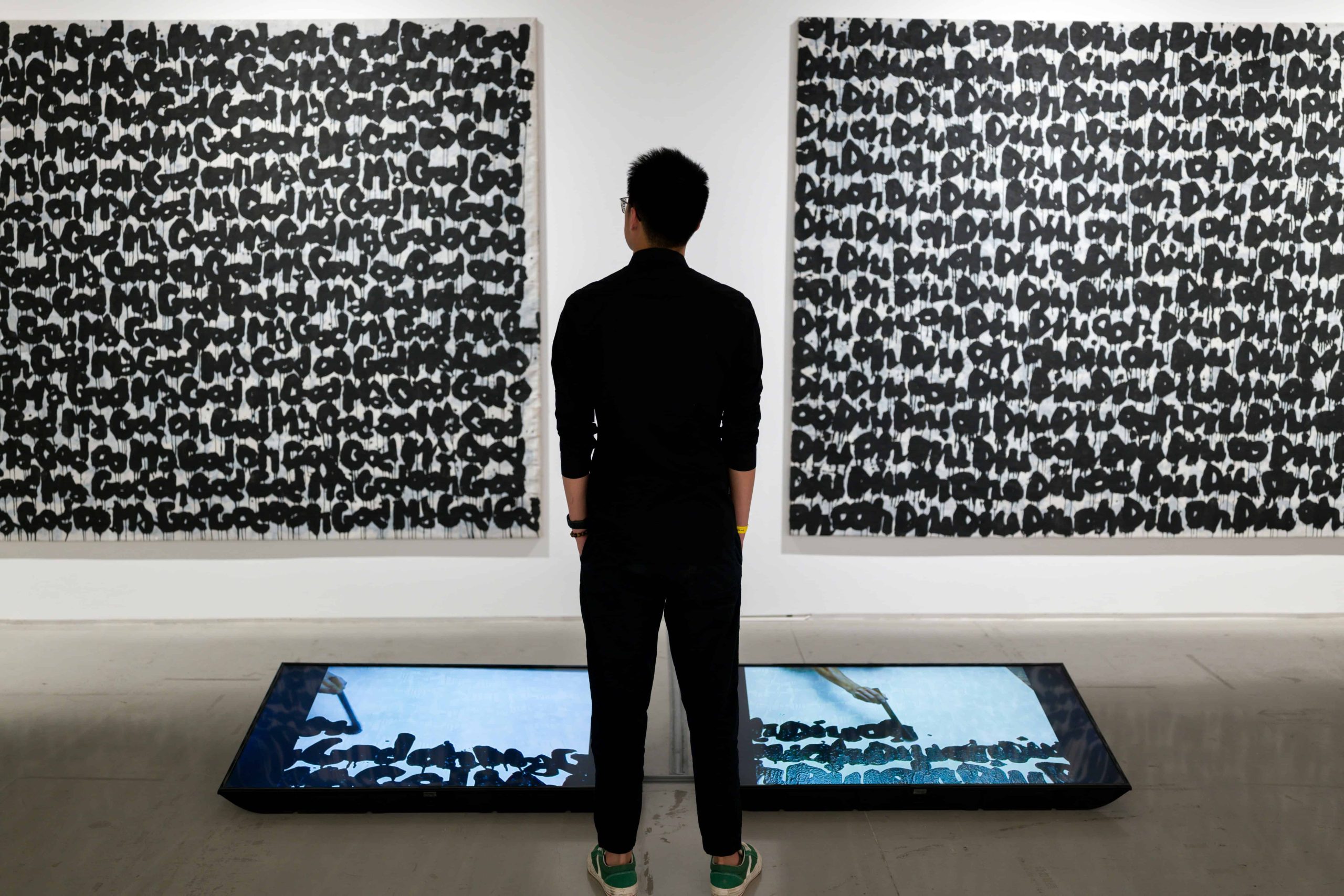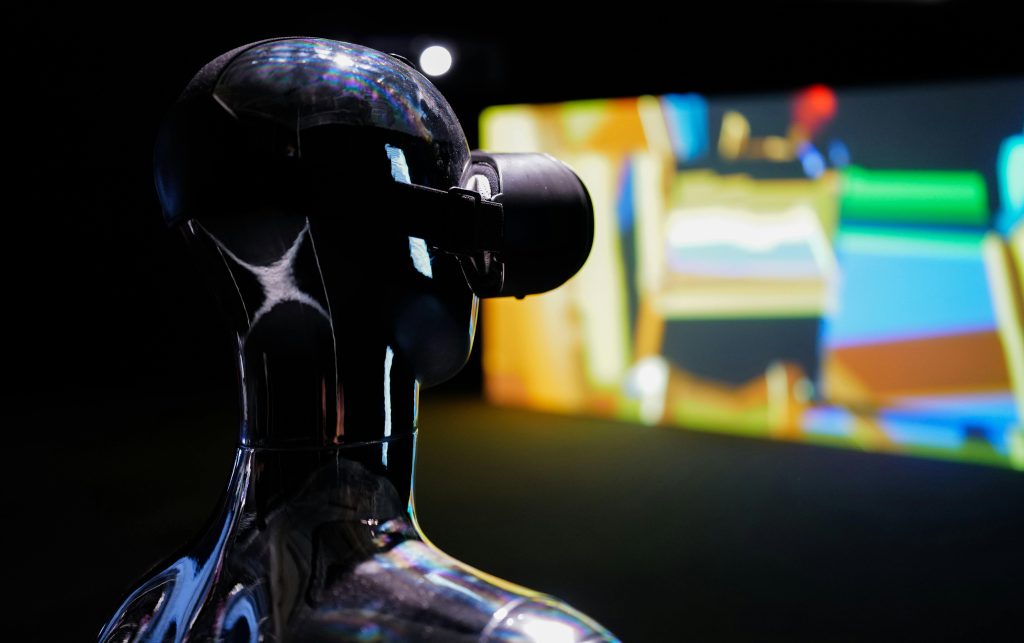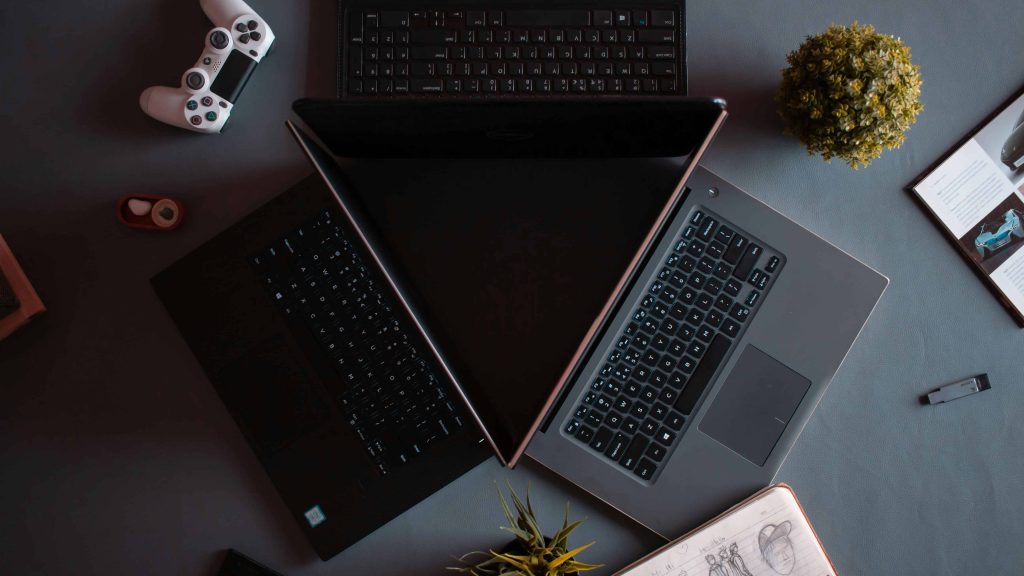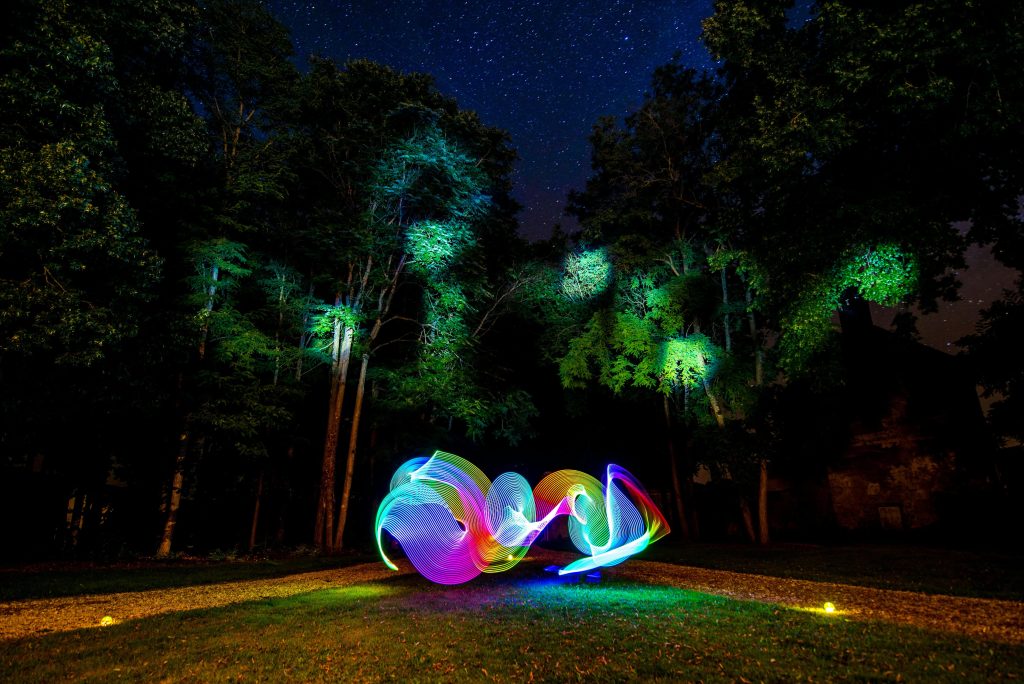
30 Aug The Future of Global Art Conversations
The Future of Global Art Conversations: Speculating on Trends and Directions
In today’s interconnected world, the evolution of art transcends mere aesthetics; it mirrors the global dialogue shaping our collective identity. As boundaries blur, art becomes a universal language, facilitating nuanced exchanges that transcend geographical limitations. These dialogues not only celebrate cultural diversity but also serve as catalysts for social change and understanding. Understanding the pivotal role of these conversations is essential in navigating the ever-expanding landscape of artistic expression, ensuring that art continues to serve as a powerful medium for connection and transformation in the future.

Trends Shaping Future Collaborations
Technological Advancements
The rapid advancement of technology is revolutionizing the way art is created, shared, and experienced.
- Rise of virtual and augmented reality (VR/AR): These technologies are redefining the traditional gallery experience, allowing for immersive encounters with art from anywhere in the world.
- Online platforms: Platforms such as social media and specialized art websites are facilitating communication and collaboration between artists across continents, fostering a global artistic community.
- Social media’s role: Social media platforms are expanding the reach of art, enabling artists to connect with diverse audiences worldwide.
Shifting Geopolitical Landscape
The art world is witnessing a shift in power dynamics, with non-Western art scenes gaining prominence and influencing global discourse.
- Non-Western influence: Art scenes from regions like Asia, Africa, and Latin America are challenging Western hegemony, contributing diverse perspectives to the global art conversation.
- Art as dialogue: Artists are increasingly using their work as a platform to address pressing social and political issues, sparking meaningful conversations on a global scale.
- Collaborations addressing global challenges: Artistic collaborations are tackling urgent global issues such as climate change, demonstrating the power of art to inspire action and provoke thought.

Potential Directions for the Future
Democratization of Art Participation
The future of art lies in its accessibility and inclusivity, empowering individuals to participate in creative endeavors.
- Citizen-driven art projects: Grassroots initiatives are democratizing art creation, allowing communities to come together to express themselves creatively.
- Interactive art experiences: Art installations and performances are increasingly interactive, blurring the lines between artist and audience and fostering deeper engagement with art.
- Crowdfunding platforms: Platforms like Kickstarter and Patreon are enabling artists to secure funding from a global audience, supporting international art projects that might otherwise struggle for resources.
Evolving Definitions of Art
As society evolves, so too does our understanding of what constitutes art, leading to innovative and boundary-pushing expressions.
- Integration of new media: Artists are incorporating cutting-edge technologies and new media into their work, expanding the possibilities of artistic expression.
- Interdisciplinary collaboration: Collaboration between artists, scientists, and technologists is blurring the boundaries between disciplines, giving rise to new forms of creative exploration.
- Redefining value: The concept of value in art is evolving, with emphasis shifting from traditional notions of monetary worth to more nuanced considerations of cultural significance and social impact.

Conclusion
The future of global art conversations holds promise for transformation, driven by emerging trends and potential directions. As technology continues to advance, virtual and augmented reality, alongside online platforms, are reshaping the way art is created, shared, and experienced, fostering a more interconnected global artistic community. Moreover, the shifting geopolitical landscape is amplifying non-Western voices and addressing pressing social and political issues through artistic expression. Looking ahead, the democratization of art participation and evolving definitions of art offer avenues for inclusivity, innovation, and deeper engagement with diverse audiences, ensuring that art remains a potent force for connection and transformation in the future.
Key Takeaways
- Technological Advancements:
- Virtual and augmented reality, alongside online platforms, are revolutionizing the creation, sharing, and experience of art.
- Social media is expanding the reach of art, connecting artists with diverse global audiences.
- Shifting Geopolitical Landscape:
- Non-Western art scenes are gaining prominence, contributing diverse perspectives to global art conversations.
- Artists are using their work to address pressing social and political issues on a global scale.
- Potential Directions for the Future:
- Democratization of art participation empowers individuals through grassroots initiatives, interactive experiences, and crowdfunding platforms.
- Evolving definitions of art include integration of new media, interdisciplinary collaboration, and redefining the concept of value beyond monetary worth.
- Conclusion:
- The future of global art conversations is promising, driven by emerging trends and directions that foster a more interconnected, inclusive, and transformative artistic community.
FAQs
How are technological advancements shaping global art conversations?
Technological advancements like VR/AR and online platforms are transforming how art is created, shared, and experienced. VR/AR redefines the gallery experience, while online platforms facilitate global collaboration among artists, expanding art’s reach and connecting diverse audiences.
What role does the shifting geopolitical landscape play in global art conversations?
The rise of non-Western art scenes challenges Western dominance, offering diverse perspectives on social and political issues. Artists worldwide use their work to spark global dialogues, addressing pressing issues like climate change through collaborative efforts.
How do democratization initiatives and evolving definitions of art shape global art conversations?
Grassroots projects and interactive experiences empower broader participation in art, blurring boundaries between creators and audiences. Additionally, embracing new media and interdisciplinary collaboration redefines artistic expression, prioritizing cultural significance and social impact over traditional measures of value.
Explore thought-provoking examples of art as a powerful tool for social commentary, offering insights into the complexities of contemporary culture.

